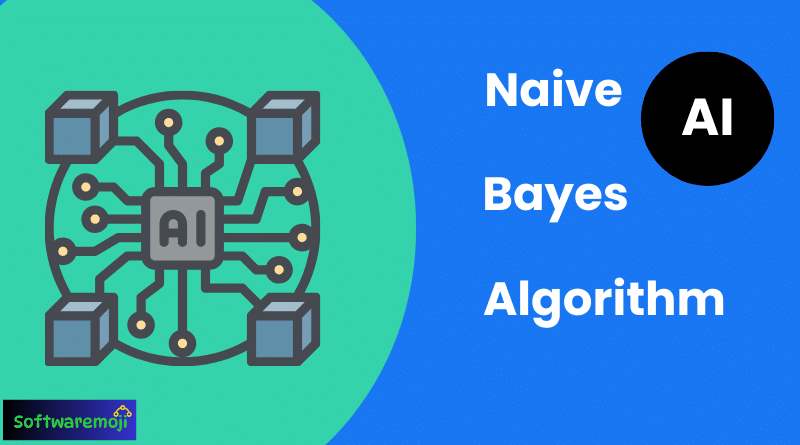
📌Naive Bayes Algorithm and Content Marketing:
In the world digital marketing, data-driven decisions are essential to optimizing search engine results and improving user engagement. One such data-driven approach is the Naive Bayes classifier algorithm, which can be used for a variety of purposes, from spam detection to content categorization and even user behavior prediction.
📌What is the Naive Bayes Algorithm?
Naive Bayes is a probabilistic classifier based on Bayes’ Theorem. It is known for its simplicity and efficiency in classifying data, making it a powerful tool for the and content marketing. The algorithm works by evaluating the probability of different outcomes based on available data and the likelihood of an event occurring given prior knowledge.This can be applied to tasks like classifying web pages, predicting user behavior, and identifying potential opportunities.
📌Key Features of Naive Bayes:
- Content Categorization
Naive Bayes can help categorize web pages or blog posts into specific topics or keywords. By analyzing the frequency of words or phrases within a piece of content, this algorithm can classify content as belonging to categories like “technology,” “lifestyle,” or “health.” This helps search engines understand and rank your pages more accurately. - Spam Detection
Just like email services use Naive Bayes to detect spam emails, it can be applied in the detect spammy content or backlinks that might negatively impact your site’s ranking. For instance, by analyzing backlink profiles and content on external sites, Naive Bayes can determine whether they are relevant or spammy, helping improve your link-building strategy. - Predicting User Behavior
SEO is not just about ranking but also understanding user intent. Naive Bayes can predict user behavior based on past search queries, click-through rates (CTR), and content preferences. This can guide strategies by helping you tailor content to meet user needs and increase engagement. - Sentiment Analysis for Content
Sentiment analysis is crucial for the understanding how users perceive content. By applying Naive Bayes, you can classify content as having a positive, negative, or neutral sentiment. This can be used to optimize content for audience engagement and tailor messages that resonate with your target market, improving on-page metrics like bounce rates and time on page. - Content Personalization
Personalized content can boost user engagement and drive conversions. Naive Bayes can be used to predict which type of content will resonate with users based on their previous interactions and preferences. For example, if a user frequently clicks on posts related to “web development,” the algorithm can suggest similar topics, increasing the chances of higher CTR and engagement.
📌How to Use Naive Bayes: A Practical Example:
Imagine you have a set of blog articles that focus on different topics like tips, digital marketing, and social media strategies. By using Naive Bayes, you can classify these articles based on their content:
- Step 1: Extract features such as the frequency of keywords, metadata, and content structure.
- Step 2: Use the Naive Bayes classifier to calculate the probability of each article belonging to a specific category, such as “Social Media.”
- Step 3: Rank the articles by their probability scores, helping search engines and users easily find relevant content.
📌Benefits of Using Naive Bayes:
- Speed and Efficiency: Naive Bayes is computationally efficient and works well even with a large number of features (e.g., keywords, backlinks, or user behaviors). This makes it an ideal choice for large-scale operations.
- Scalability: As your website or digital marketing campaign grows, Naive Bayes can scale effortlessly, handling more data points and making predictions without significant increases in processing time.
- Accuracy with Small Datasets: Even with limited training data, Naive Bayes can deliver reasonable performance, which is useful when starting a new campaign and limited historical data is available.
📌Limitations of Naive Bayes:
While Naive Bayes is a powerful tool, it comes with limitations:
- Independence Assumption: Naive Bayes assumes that features are independent, which in the real world is rarely the case, especially.For instance, keyword relevance and user behavior can be closely tied, but Naive Bayes treats them as independent.
- Feature Interaction: Naive Bayes cannot capture complex interactions between features. In some tasks, like predicting the success of a multi-channel marketing campaign, interactions between channels or content types might be significant.
📌Applications of Naive Bayes:
- Content Optimization: By classifying content and evaluating the likelihood of keywords or topics aligning with user intent, Naive Bayes helps ensure that content is optimized for both search engines and users.
- Predicting Search Trends: By analyzing user search patterns and click-through behavior, Naive Bayes can help forecast emerging trends and identify keywords or content types that are likely to gain traction.
- Automated Content Curation: Using Naive Bayes, you can automate the categorization of content based on relevance, enabling you to create topic clusters that align with user search behavior.
📌Conclusion:
Naive Bayes is a powerful tool for optimizing and content marketing efforts. Its simplicity, efficiency, and ability to handle large datasets make it an excellent choice for automating tasks like content classification, spam detection, and user behavior prediction. Despite its limitations, Naive Bayes remains an essential tool for anyone looking to leverage machine learning and digital marketing. With applications ranging from spam detection to sentiment analysis and beyond, incorporating Naive Bayes into your strategy can lead to smarter, data-driven decisions and improved results.
